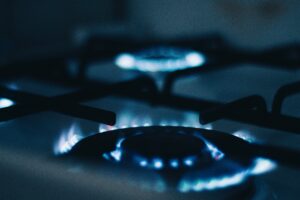Carbon Monoxide

Carbon Monoxide is a toxic gas which is odorless, tasteless, and invisible. Carbon dioxide is released by the burning of fuels from a variety of sources such as: cars, trucks, stoves, lanterns, small engines, fireplaces, furnaces, or gas ranges. Here is a CDC carbon monoxide Fact Sheet for more information. At high concentrations CO can lead to coma or death. At low concentrations it can cause neurobehavioral impairment.
Health Effects of Carbon Monoxide
- Dizziness
- Weakness
- Headache
- Vomiting
- General flu-like symptoms
- Passing out (high exposure)
- Death (high exposure)

Dos and Don’ts for Preventing Carbon Monoxide Exposure
It is hard to notice Carbon Monoxide around you so it is important to take the correct precautions.
From the CDC Carbon Monoxide Poisoning site:
- Do have your heating system, water heater and any other gas, oil, or coal burning appliances serviced by a qualified technician every year.
- Do install a battery-operated CO detector in your home and check or replace the battery when you change the time on your clocks each spring and fall. If the detector sounds leave your home immediately and call 911.
- Do seek prompt medical attention if you suspect CO poisoning and are feeling dizzy, light-headed, or nauseous.
- Don’t use a generator, charcoal grill, camp stove, or other gasoline or charcoal-burning device inside your home, basement, or garage or near a window.
- Don’t run a car or truck inside a garage attached to your house, even if you leave the door open.
- Don’t burn anything in a stove or fireplace that isn’t vented. Don’t heat your house with a gas oven
